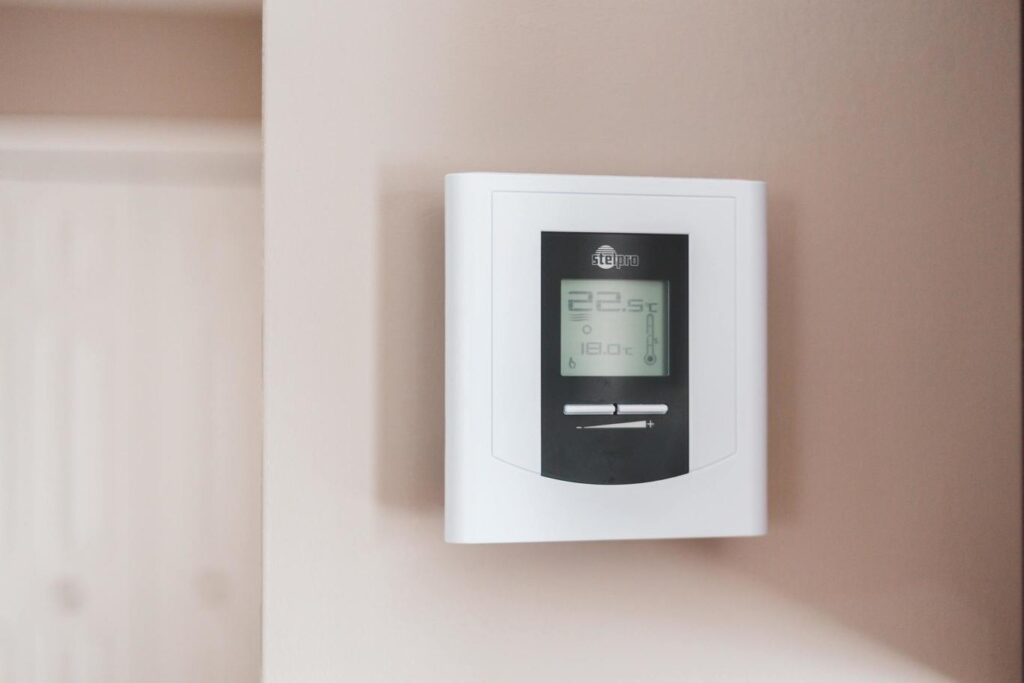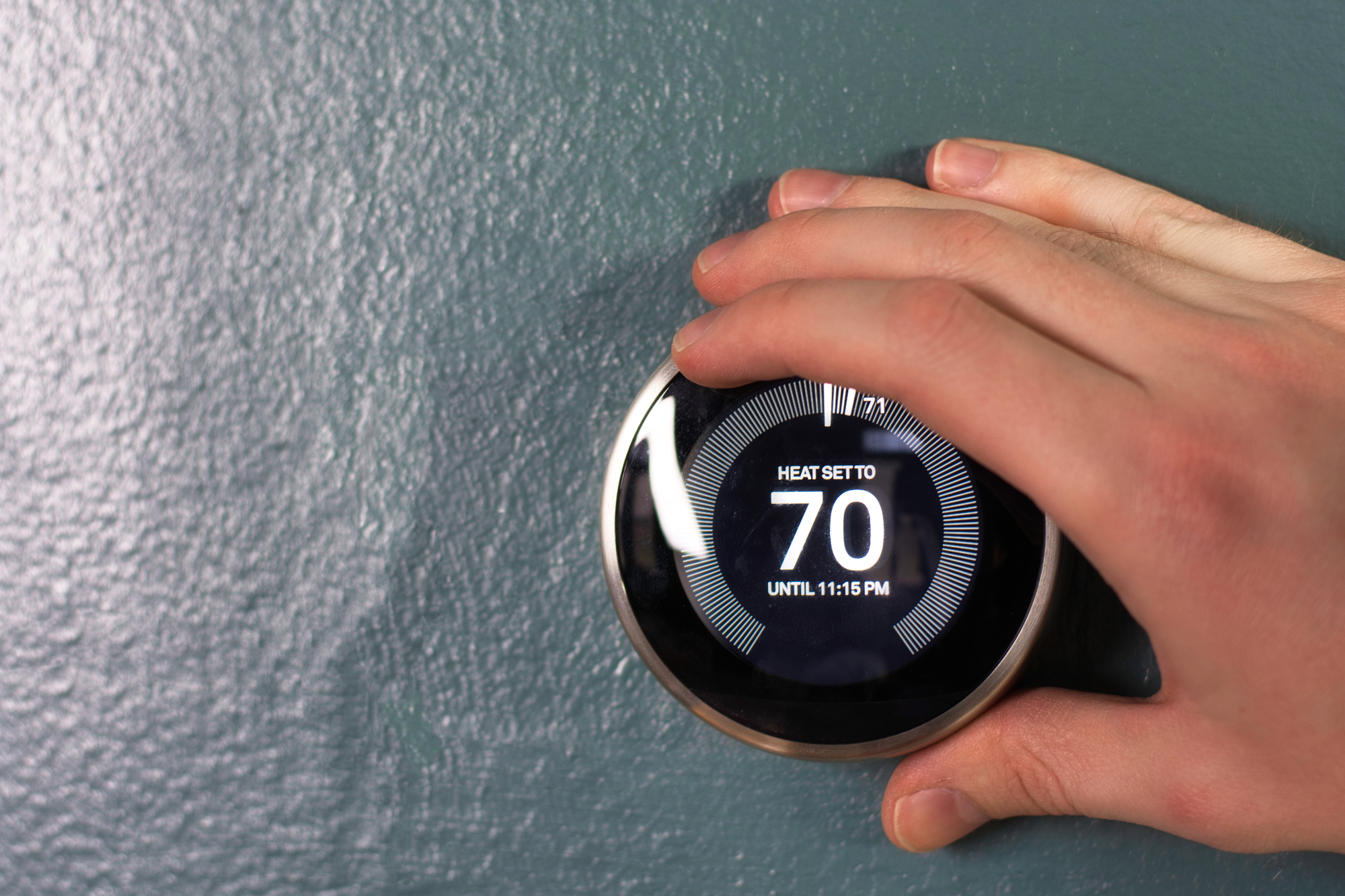6 Ways to Reduce Heating Costs This Winter
Now is the time of year when we all start to turn up the heat and stay indoors. It’s time for warm fires, hot chocolate, and mug after mug of tea. But as much as we love wintertime here in the Northwest, it can be hard on your wallet!! If you’re struggling with how to make those heating bills more manageable this winter.
During winter, nothing can be more frustrating than a high heating bill. You probably have a few space heaters in your home right now, but if this is not an option for you because of safety reasons or other factors, there are some simple ways to reduce your heating costs and hopefully get through the cold months without breaking the bank.

1. Turn Down The Thermostat
The easiest way to save money on heating bills is to turn down the thermostat. Keeping it at 80 degrees, while nice and warm in the winter, can add or more each month to your heating bill if you’re not careful. If you keep it at 70 during non-work hours and then raise it back up during work hours, you will find that just turning down the intensity of your heat 10 degrees can cut off 30% of your electric heater costs. Be sure to follow this rule: cutting down your energy use while keeping yourself comfortable with a bit of effort and planning.
2. Keep bedroom doors closed at night.
A bedroom door left open at night will let heat escape from the warmer rooms in your home and let cold air seep into your bedroom. If you’re trying to save on heating costs, close the doors to all bedrooms.
3. Be smart about using appliances.
Please don’t use your oven unless it’s necessary. It is one of the most energy-consuming appliances for a home. The dryer is another appliance that can be quite costly if used excessively or if not vented properly. Make sure your furnace filter is clean, which will ensure maximum efficiency for your heater while also preventing dust build-up inside ductwork, which could even lead to health problems for some people, specifically those with asthma or allergies.
4. Keep your house well-insulated.
Those in drafty homes tend to spend more money on their heating bills, so consider insulating. Be sure you properly weatherize all windows and doors, including your attic’s access panel, which will help prevent heat loss through leaks. Weatherstripping can also be quite helpful for reducing heat loss around the perimeter of doors and windows. Make sure to install an insulation blanket between floors too. Finally, keep your ceiling fans running to circulate air throughout the rooms in your home. This way, if you’re trying to warm up just one room instead of the whole house, you’ll save energy because the fan will circulate the heated air quickly until it gets cold again.
5. Stay Warm Indoors by Blanketing Your Space
Covering your windows with dark-colored blankets or drapes will help keep the entire house warmer! Heavy fabrics have an insulating effect that keeps the outside cold from penetrating inside, so opt for a thick material like fleece or felt. If you have large windows, invest in a double blanket, so no chilly air sneaks through!
6. Pay attention to what is leaking heat.
If you have baseboard heaters, check to see if the heat is leaking out of them. If they are cold even when on, it means that cold air is seeping in. To fix this, use caulk to seal the cracks around your door frames and window casings. Areas where ductwork or wires run through walls should also be insulated for better energy efficiency; you can also use heat-shrinkable sleeves or some caulk to ensure no leaks form between different surfaces. Also, check significant appliances like washers and dryers for possible leaks by turning them on without any clothing inside or small items like socks or handkerchiefs, which will get wet when left inside the drum while the machine runs; look for drops on the floor afterward.
Wrapping Up!
As you can see, there are many ways to reduce heating costs this winter. Remember, though, some of the best savings come from advances in technology like smart thermostats. For more information on possible discounts for new appliances like these, check with your local utility company.

